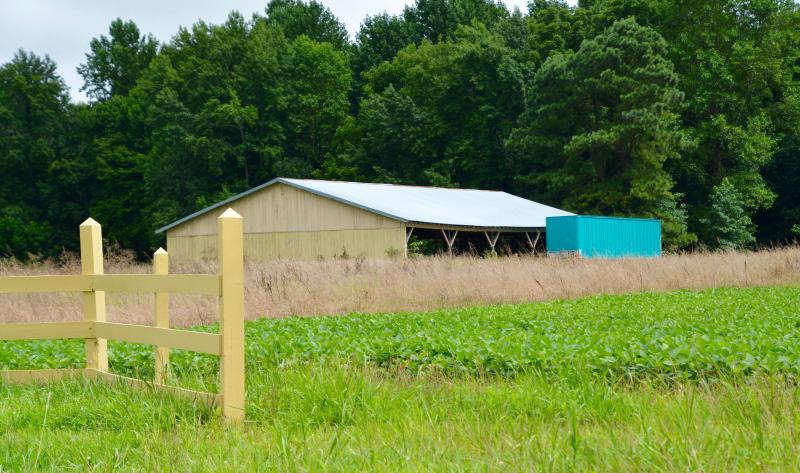Sussex P&Z denies subdivision application
It's rare that a subdivision application is denied by Sussex County Planning and Zoning Commission.
At its Sept. 13 meeting, the commission unanimously turned down a subdivision request filed by Stream's Edge Estates – TBD LCC c/o Michael Daniels for 42 single-family lots on 20 acres in an AR-1 zoning district on the east side of Robinsonville Road near Lewes.
Tim Willard, the developer's attorney, said he is consulting with the applicant on options, which could include an appeal to county council.
A section of the parcel was previously the location of Sussex Lumber, which operated from 1958 to 1975. The company treated lumber with chemicals resulting in soil and groundwater contamination. Most of the buildings on the site were burned down.
Making the motion for denial, Commissioner Kim Hoey Stevenson said contaminated soil on the parcel presented an unacceptable risk of exposure to residents.
She said under county code, land unsuitable for development because of features harmful to the safety, health and general welfare of present or future inhabitants of the subdivision shall not be subdivided or developed. “The contaminated soils are dangerous to residential and recreational use, and the proposal to keep them contained within open space in this 20-acre development is not a reasonable solution,” Hoey Stevenson said.
She said reports showed hot spots on the parcel containing hexavalent chromium, arsenic and thallium at concentrations greater than state standards. “If state landfills will not take the material, it's not appropriate to remain in a residential neighborhood,” she said.
The developer filed a remediation plan that was approved by Department of Natural Resources and Environmental Control officials without public objection, Willard said.
Under the plan, 300 cubic yards – about 18 to 20 dump-truck loads – of contaminated soil would have been removed and transferred to a brownfield site on a separate lot owned by the developer. It would have been covered by an impervious liner and covered with topsoil and vegetation. No houses could be built at the site.




















































